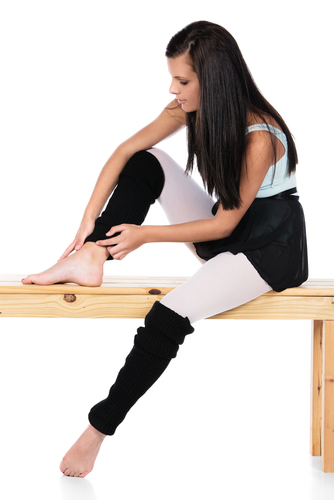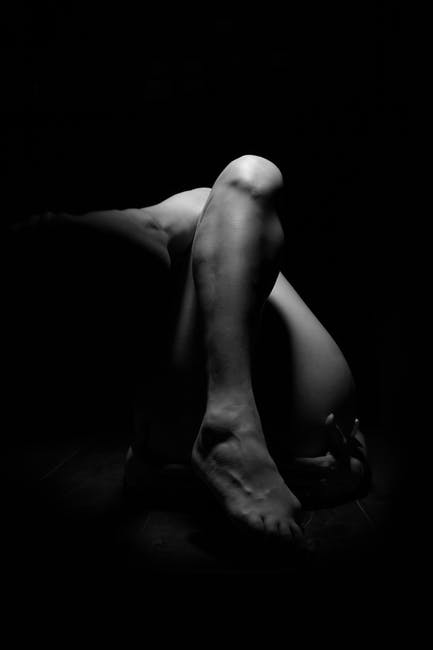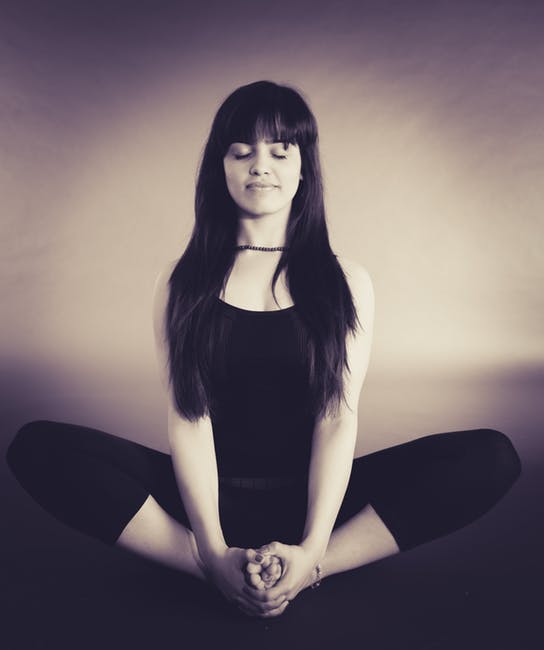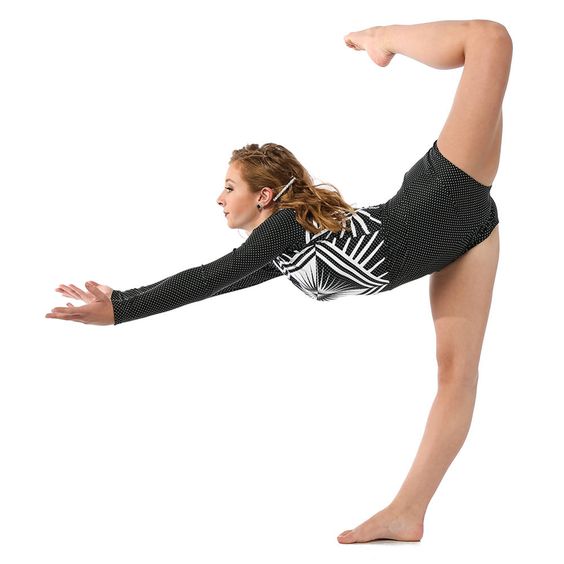Dance Talk
Our dance season never ends. Learn dance tips from the best.
How To Deal With A Dance Injury

by Audrey Moore

Imagine this scenario: You're in the studio wearing your favorite dance team uniform. You go to do a jeté and land on your ankle wrong...really wrong. The pain is searing and the swelling happens almost immediately. Sounds familiar?
If you're a dancer, it seems as if injuries are a way of life. Some might be minor, while others are more severe and can take months to recover from. When it's the latter kind of injury, it can take a toll on more than just your physical health, but your emotional health, as well. Injuries can often trigger feelings of anxiety and depression, as well as fear. There are always questions as to whether you'll be able to fully heal and feel 100% after an injury.
So when you're dealing with a dance injury, what can you do to face the challenge head on -- and come out on top? Here are some ideas to help you:
Get a proper diagnosis.
Too many dancers get injured and never report it or try to simply dance through the pain. But if you're injured and don't seek medical treatment, then you can actually end up causing long-term damage to your body. If you continue to dance on a sprained ankle, for instance, you're only going to make it worse, it's going to take longer to heal, and you're going to be in more pain throughout the process. Don't be a hero. Seek medical attention and take proper care of your injury so you can get back on your feet and back into the studio as soon as possible.
Don't live in denial.
If you've been injured, it's tempting to live in a state of denial and tell yourself that you'll be fine and don't need to follow the doctor's protocol. But doing so -- and pretending that nothing's wrong -- can actually make your injury worse and time for recovery longer. You might not want to wear the brace or use the crutches. You might not want to ice your injury every night. And you might not want to take time off from dance class so your body can heal. That's all understandable. But if you don't accept your injury and give it the time it needs to recover, then you're simply prolonging the problem. It can also turn from a one-time injury to a chronic issue.
Cross-train while you heal.

One of the most upsetting parts of having an injury is seeing your hard-earned fitness and physique go down the tubes while you heal. But even if you have to stay out of the studio for a while due to an injury, that doesn't mean you can't cross-train in other areas. For instance, if you have a broken ankle, you can still do exercises that keep your arms, legs, and core strong. Not only will cross-training in other areas help you to stay in shape physically, but it will boost your mood, too.
In addition, if you keep injuring the same area, it's a sign of a weakness in that spot. If you want to work to prevent the injury from happening again, it's important to identify what led to the injury in the first place. Then work with your therapist or trainer to develop a well-structured exercise program that focuses on building strength in that area.
Take care of your body as you recover.
Take good care of yourself during the healing process. Ensure your body is getting enough hydration and key nutrients to promote healing. This can be especially hard for dancers who are so conscious of their weight. While it's important not to binge on junk food, don't diet either during healing.
Also, make sure you're getting enough sleep and properly icing, compressing and elevating your injury if the doctor ordered you to do so. Keep in mind, the better job you do at caring for your injury and overall health, the faster you'll heal and get back into the studio.
Make progress at your own pace.
When you get injured, it's easy to compare yourself to others. For instance, a fellow dancer may have experienced the same injury as you and recovered in two weeks. If your recovery is taking longer, it's easy to get discouraged. But don't take it to heart. Everyone's body is different and perhaps your injury was worse. You'll never know. But comparing yourself and your healing process to another's is never a good idea. Give your body the time it needs to heal at its own pace.
Say no to hyper-awareness.
When you're injured, you might start to notice every little ache and pain and wonder if something else is wrong. This is called hyper-awareness. You'll also begin to notice parts of your body you never thought much about in the past -- and become worried about another injury. Likewise, when you return to dancing after an injury, you can also be hyper-aware of the body part that was injured. You could even live in fear it will be re-injured, or that you'll injure something else. This is certainly understandable, especially if the injury was severe. But try to let go of any irrational fear. Just because you got hurt in the past, doesn't mean it will happen again.
Go shopping for dance team uniforms.

As an athlete, when you're injured, you're at a higher risk of anxiety and depression. One way to battle these kinds of issues is to do other activities you enjoy. Whether it's shopping for new dance uniforms, or simply reading or playing a musical instrument, try to enjoy your dance down time and realize you'll be back at it soon enough. Whatever you do, don't isolate yourself. It will only make your mood worse.
As a dancer, it's difficult when you're injured because you have to face your natural limitations. But know that injuries happen to most dancers at one point or another. And it's how you deal with them that will dictate how fast you recover and can get back into the studio and on the stage.

Follow Us
Follow Us online, join our conversations, engage with our teams around the world!